In the world of paleontology, every fossil has a story to tell, and some stories are more captivating than others. The discovery of Irritator fossils in Brazil has shed light on the predatory dinosaurs that roamed our planet approximately 110 million years ago.
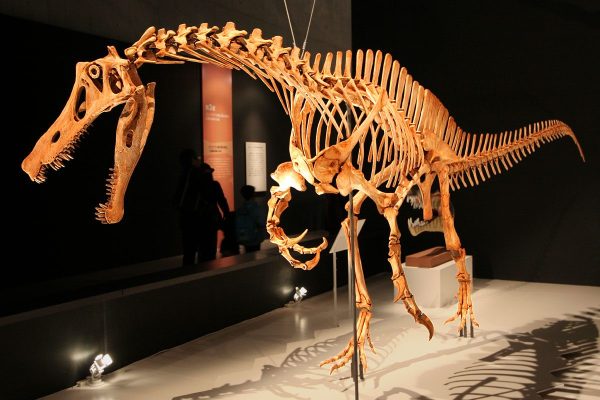
These remarkable findings provide a glimpse into the world of ancient reptilian hunters and the ongoing quest to understand Earth’s prehistoric past.
A Remarkable Discovery
The story of Irritator begins with a remarkable discovery in Brazil. Fossils of this dinosaur were first found in the Romualdo Formation, a geological treasure trove located in the northeastern part of the country. The name “Irritator” is derived from the Portuguese word “irritado,” meaning “irritated,” in reference to the challenging excavation of the fossils.
A Predatory Dinosaur
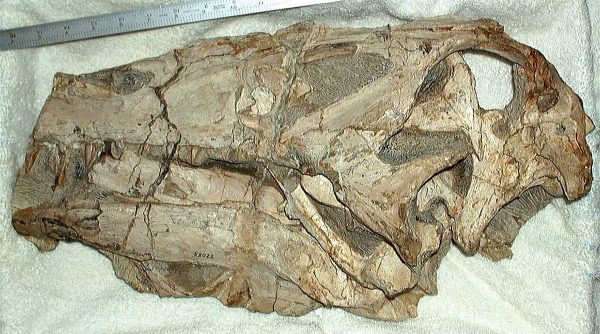
Irritator was a bipedal dinosaur that belonged to the spinosaurid family, a group of theropods known for their semi-aquatic lifestyle and elongated snouts. These creatures were well adapted to a piscivorous (fish-eating) diet and inhabited a variety of environments, from lush coastal regions to riverbanks.
The Romualdo Formation
The fossils of Irritator were found in the Romualdo Formation, a geological formation that dates back to the early Cretaceous period. This formation is renowned for its rich fossil record, which has provided valuable insights into the diverse fauna and flora that existed during this time.
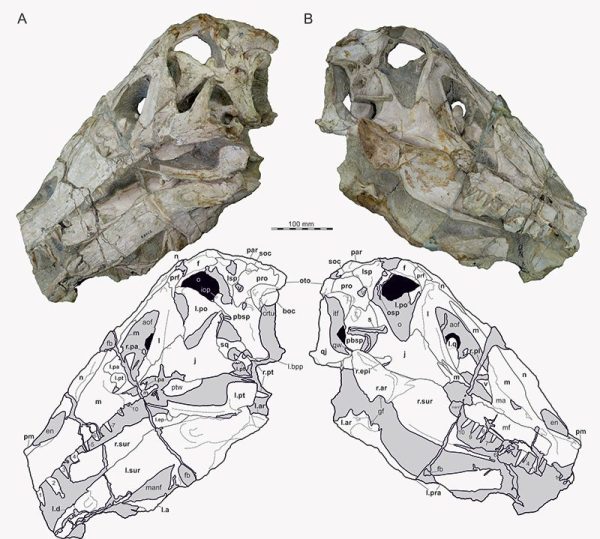
Spinosaurid Characteristics
Spinosaurids like Irritator were known for their distinctive features. Their long, crocodile-like snouts were equipped with conical teeth, ideal for catching fish. Additionally, they possessed clawed hands, robust forelimbs, and a sail-like structure on their backs, making them a unique and enigmatic branch of the dinosaur family tree.
A Glimpse into the Past
Irritator fossils are more than just ancient bones; they offer a glimpse into a world that existed millions of years ago. These predatory dinosaurs were an integral part of the prehistoric ecosystems, hunting fish and other aquatic prey in their watery domains.
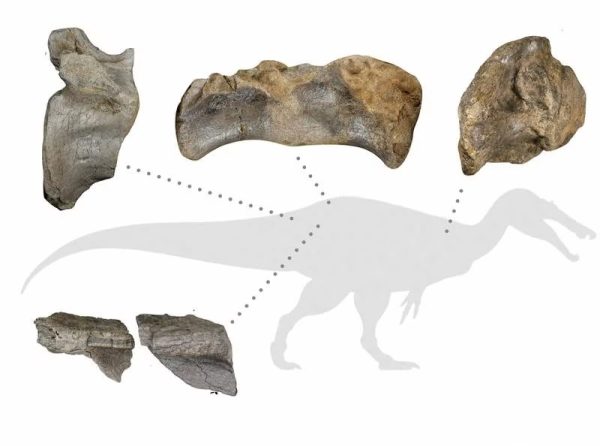
Ongoing Discoveries
The field of paleontology is a never-ending journey of discovery and understanding. Fossils like Irritator continue to captivate scientists, providing a wealth of information about Earth’s ancient inhabitants and the environments they thrived in.
Unveiling Earth’s Secrets
As we delve deeper into the history of Irritator and its relatives, we gain a greater appreciation for the intricate tapestry of life on our planet. These dinosaurs, with their unique adaptations and predatory behaviors, remind us of the incredible diversity of life that has graced Earth throughout its long and storied history.
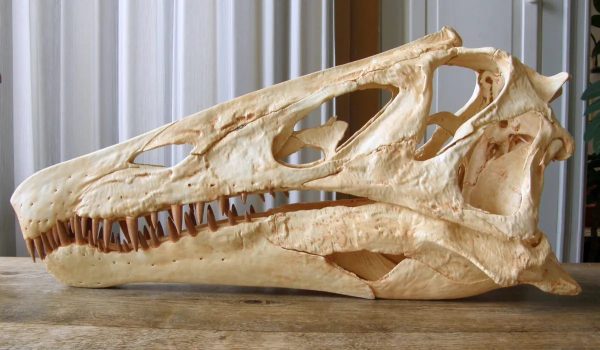
The story of Irritator takes us on a journey back in time, allowing us to marvel at the adaptations and lifestyles of these ancient predators. It’s a testament to the ongoing pursuit of knowledge and the unending fascination with the mysteries of Earth’s prehistoric past.





